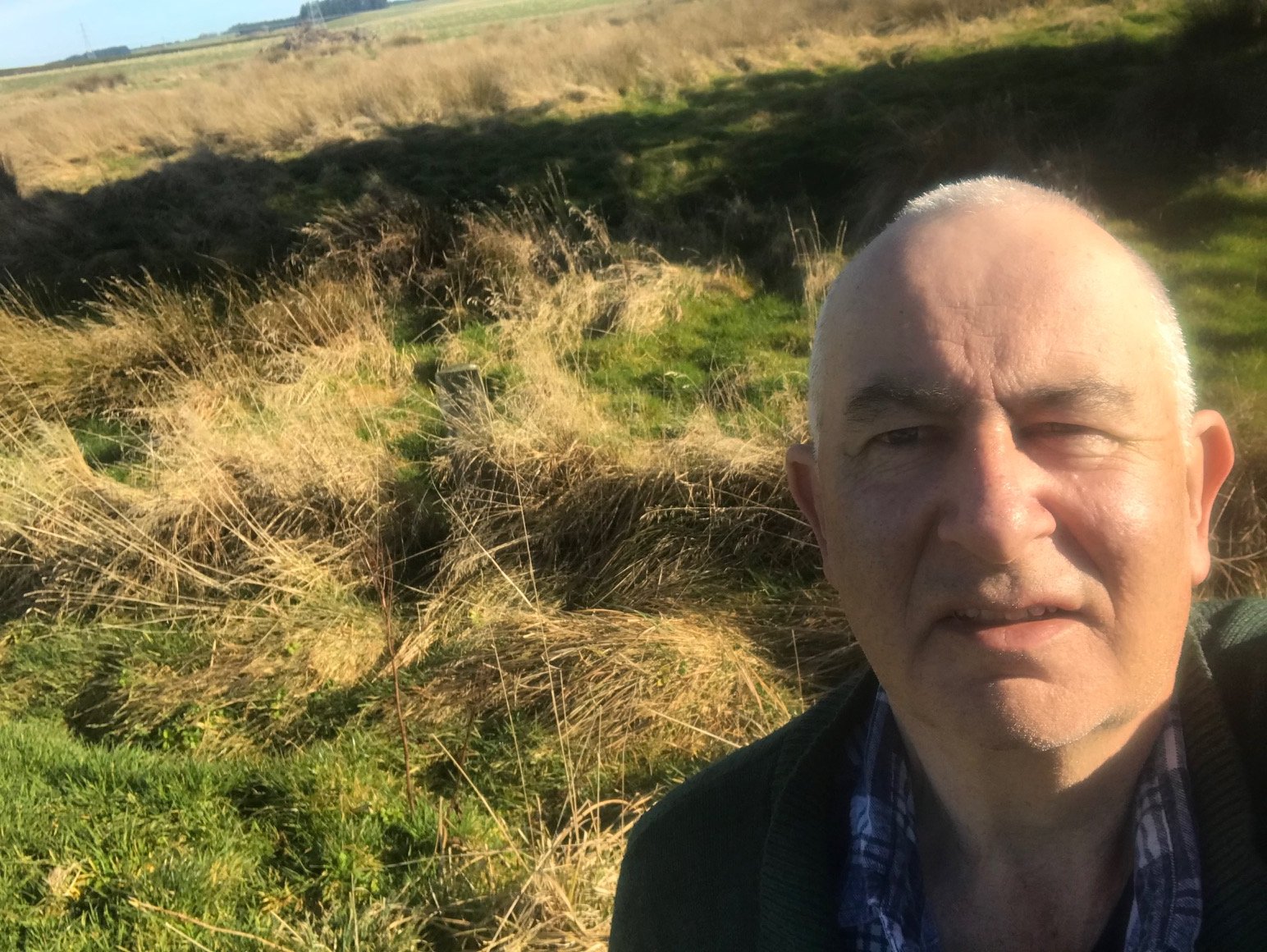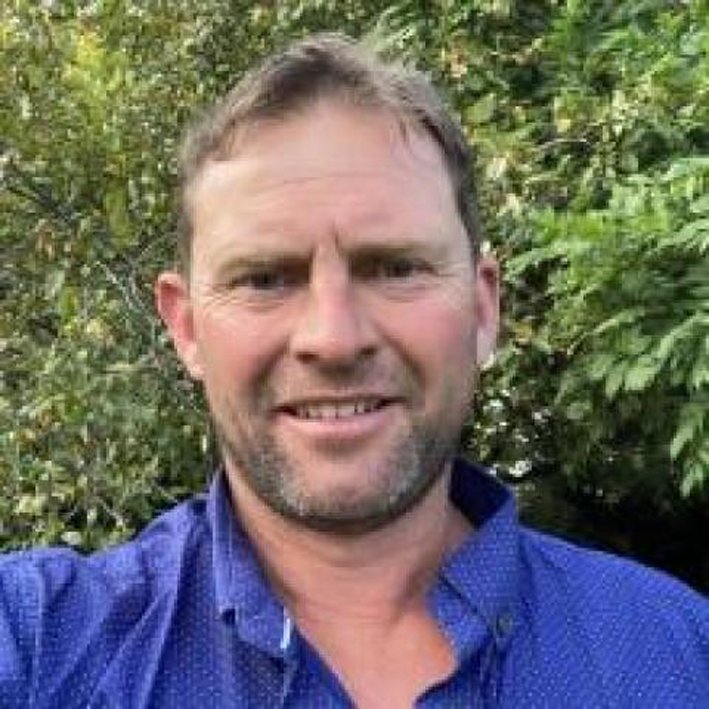
New Zealand Landcare Trust and Westpac New Zealand gave six catchment groups $10,000 each including the Ida Valley and Gore Waimumu catchment groups.
Ida Valley Catchment Group chairman Sam Stevens, a sheep and beef farmer in Poolburn, said the money would be used to buy shade cloth and timber to build nursery infrastructure to grow native plants at Poolburn School.
The new infrastructure would include a potting area and an area for native plants to "harden off" during winter.
"So they grow naturally and survive."
Pupils helped collect native seeds in autumn, which would be potted once the construction of a tunnel house was complete at the school.
"We will hopefully crack on in the spring."
Future plans for the tunnel house were "big", including installing robotics to sow seeds and water plants.
"The kids get to do all the programming but that’s a wee way off."
When native plants for the nursery were ready to be put in the ground, some of them would be used in a native bush regeneration project in Poolburn Gorge.
As some of the gorge includes Department of Conservation land, the group was working through a consent process to be able to plant in the area.

The nursery project was supported by the school and the Ida Valley Irrigation Company.
Gore Waimumu Catchment Group chairman Murray Wards, a dairy farmer in Waimumu, said the funding would be used to construct a 0.5ha pond in Wards Wetland on his 380ha farm to improve water quality and increase biodiversity.
"We were very lucky."
Once built, the wetland would feature three ponds and cover about 5ha.
Three organisations would fund the construction of each pond. The group would use the $10,000 to hire a digger to build their pond from February next year.
Funding for the construction of the second pond would be provided by the trust.
The details of the organisation to fund the construction of the third pond was pending, he said.
Wards Wetland would lie below a 0.5ha grass filter, built about five years ago.
The wetland would feature a 1.6km track and be open to the community including local schools to teach pupils about ways to improve water quality.














